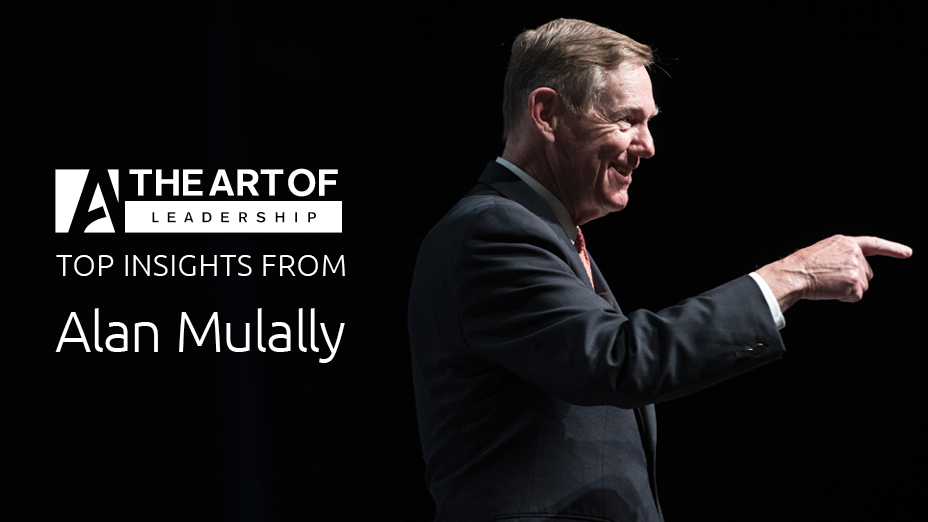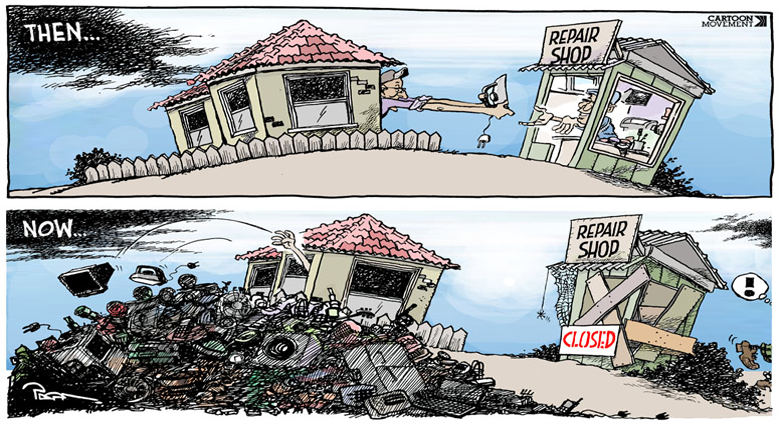11 PRINCIPLES
Alan Mulally has 11 principles and practices that have guided him throughout his career and also made him one of the greatest business leaders of all time. These principles include:
- People first. Love them up
- Everyone is included
- Compelling vision, comprehensive strategy, and relentless implementation
- Clear performance goals
- One plan
- Facts and data
- Everyone knows the plan, the status, and areas that need special attention
- Propose a plan, positive, “find-a-way” attitude
- Respect, listen, help, and appreciate each other
- Emotional resilience - trust the process
- Have fun - enjoy the journey and each other
WORKING TOGETHER
Mulally’s “Working Together” philosophy did not stop at the office door; it extended to all of the stakeholders. He applied this same principle to the company’s dealings with its suppliers and dealers as well. His message to each group was simple: We are in this together, and if you help us succeed we will make sure you share in the success. Think of all of the different players that you rely on and show them how they can become more successful by contributing to the success of your organization.
RED, YELLOW, GREEN
Alan spoke about one his first leadership meetings at Ford. His team would come in with status reports. Major goals, all color-coded red, yellow or green, depending on the status of each project. At the meeting, most people came in with their projects all green. However, since everyone at the table knew that Ford was going to lose money that year, there is no way that everyone’s goals were green.
Respect, listen, help, and appreciate each other.
One leader had a few reds marked on his status report. So Alan asked this person to come sit next to him. The person assumed they were being brought next to Alan so he could fire him. They talked about the challenges and obstacles he faced. Alan didn’t fire him. Instead, they, together, looked for solutions.
Over the next few weeks, more and more of the leadership team changed their colors to yellows and reds. They identified the real challenges in the business. They worked together to find solutions. They stopped hiding problems. The culture started to shift. At the foundation of this cultural shift, Mulally built a safe environment in which his team could work and thrive.





.png)


%20(1).png)

What Did You Think?